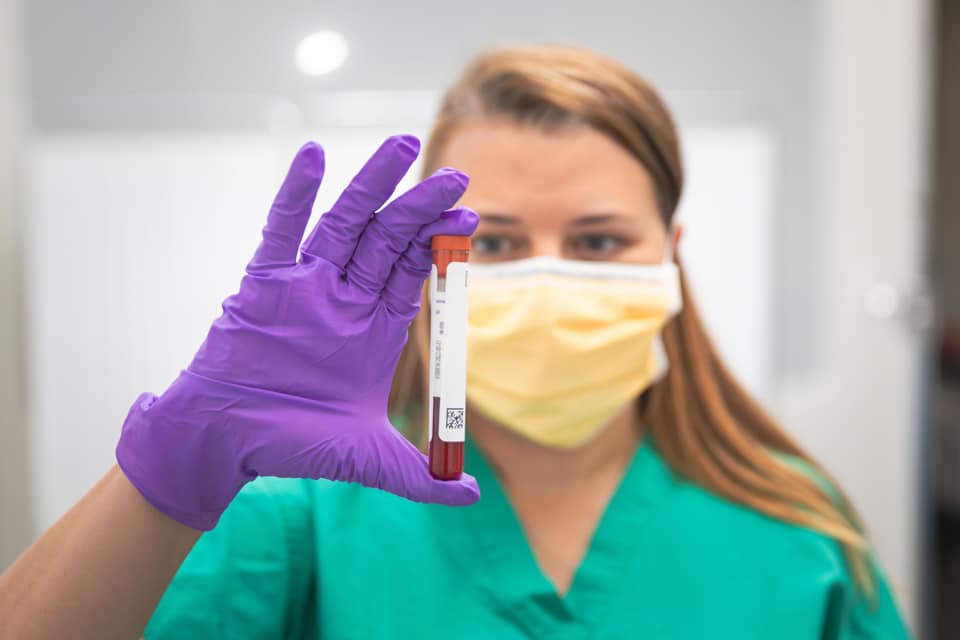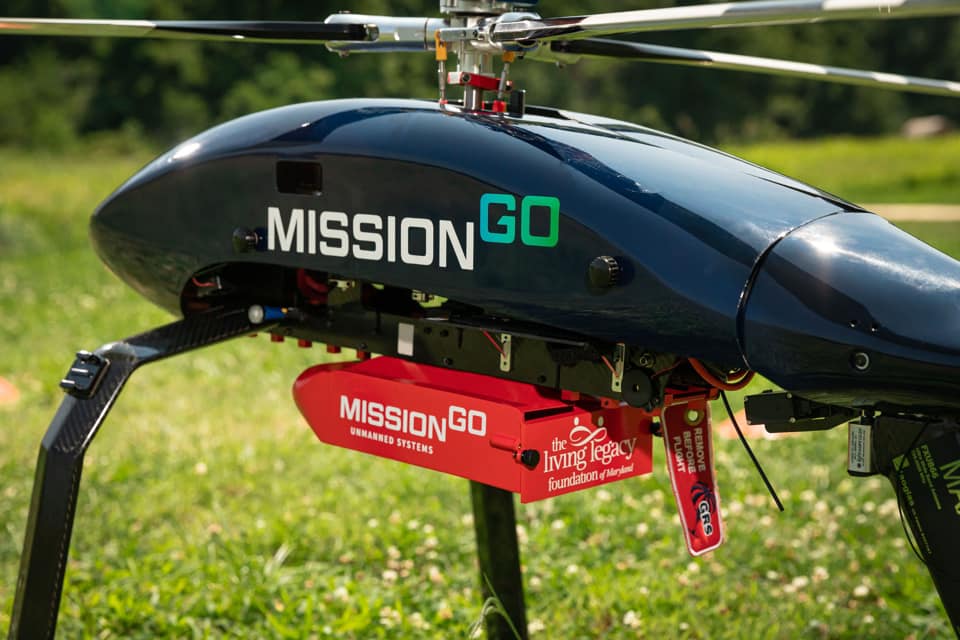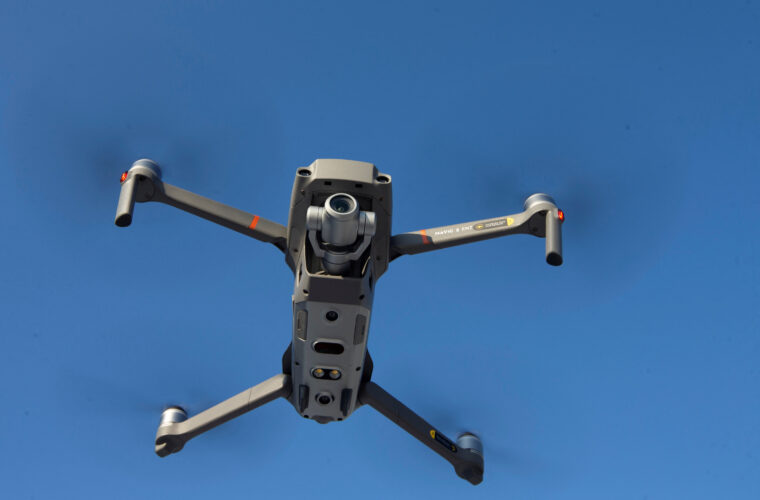Not long ago, and after hundreds of test flights, a drone transported a human lung in five minutes from the roof of Toronto Western Hospital to Toronto General Hospital for a successful transplant. If the lung had been transported by road, it would have taken at least 25 minutes. As the science of organ transplants evolves, the biggest hurdles are logistical and mainly involve transport speed. Using drones to transport organs seems promising, which can provide solutions and save human lives.




The successful drone trial
“The successful trial is a milestone for organ transplantation, especially for organs such as hearts and lungs that can withstand less time on ice,” says Joseph Scalea, a transplant surgeon now at the Medical University of South Carolina.
Toronto General Hospital and Unither Bioelectronics replaced the drone’s landing gear with a carbon fibre container for the large and fragile organ. The team improved the drone’s connectivity so radio frequencies didn’t interfere with its GPS and installed a parachute set to open automatically in the event of a malfunction in the air.
“Our mission is to enable and scale autonomous electric Vertical Take-Off and Landing aircraft systems (eVTOL) as the primary transportation system that will deliver an unlimited supply of United Therapeutics manufactured organs to waiting patients, with a low impact on the environment. Now, the company is supporting several research & development programs, performed all in parallel, to explore different technological approaches and also to tackle the various technical and certification challenges,” Unither Bioelectronics notes.
From the airport to the hospital in less than 8 minutes
The director of Toronto General’s lung transplant program envisions drones carrying lungs even longer distances. But for now, he’s focusing on the journey from the airport to the hospital – which takes 40 minutes by car and just 8 minutes by drone – and expects the first such flights as early as this summer. “When the Wright brothers left Kitty Hawk, they only flew 120 feet the first time,” he says. “But now look at where air travel is.”


Drones revolutionize organ transports
Organ transports by drone have already been carried out since 2019. The first results of the efforts are particularly encouraging for the future of drone transport. In transplants, one of the most important things is time. The procedures required must be done quickly, such as blood transfers for tests and others, which is time-consuming using terrestrial means. This loss in time is covered using drones.
MissionGO, a leader in drone solutions, in partnership with The Living Legacy Foundation of Maryland (The LLF), Maryland’s organ procurement organization (OPO) responsible for organ, eye, and tissue donation services, has recently been testing a faster, safer, and more efficient organ and blood transport solution for the benefit of patients.
In 2022 a successful flight demonstration was carried out using the new MissionGO MG Velos 100 drone, a high-speed autonomous unmanned aerial vehicle (UAS) solution for blood and organ delivery. The demonstration showed about a 292% time improvement over land transport.
“About 20 lives are lost every day waiting for an organ transplant. As the demand for sending blood to laboratories increases, it is imperative more than ever that we support and facilitate such initiatives to reduce the overall turnaround time for donor matching results and get the organs we need for transplant on time,” said LLF president and CEO Charlie Alexander. Today, in addition to transporting organs, drones are also used to transport medicines to remote areas, proving that advanced and innovative technologies can benefit society, even saving human lives.



